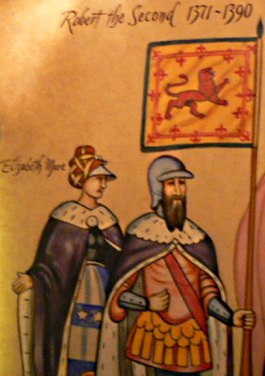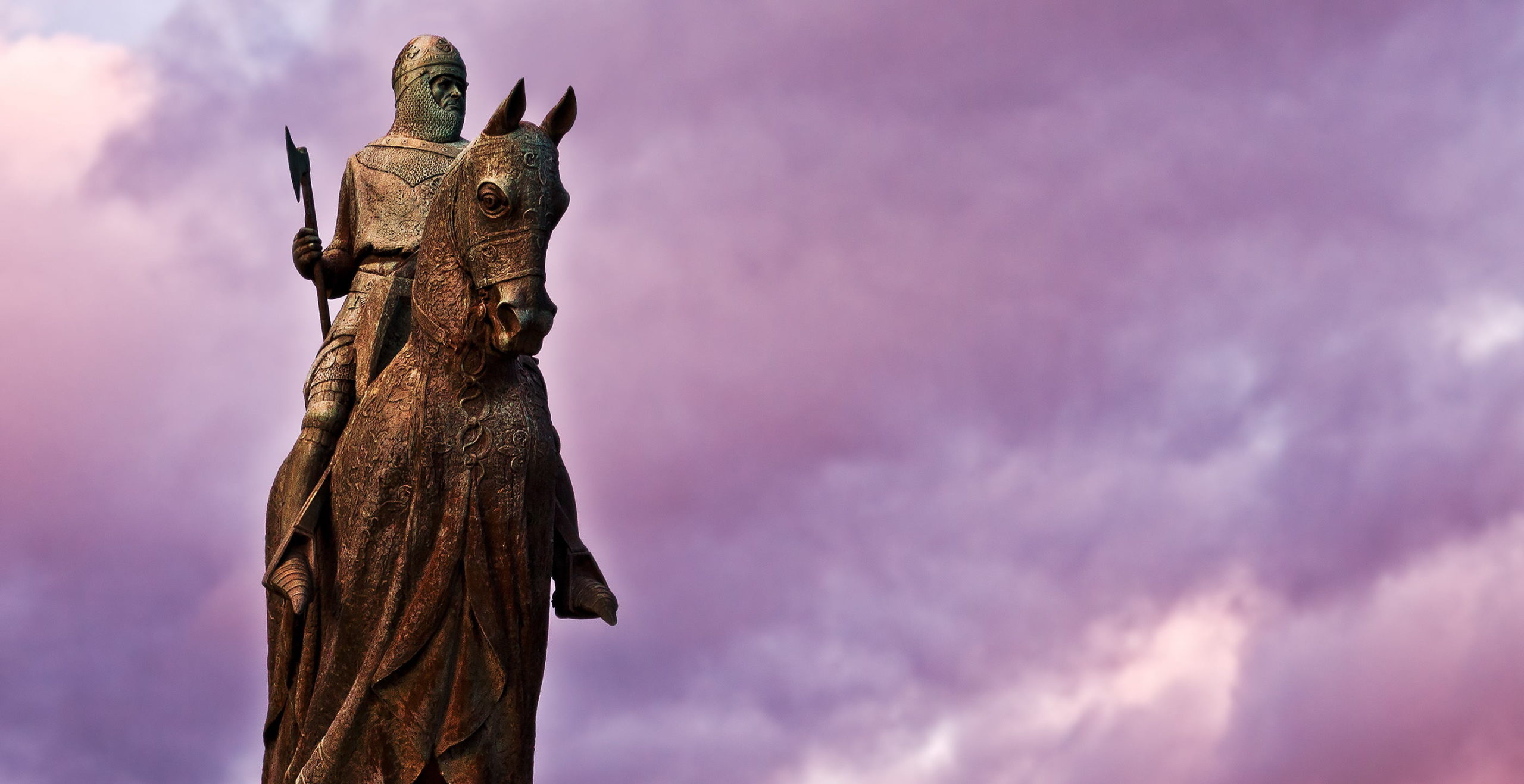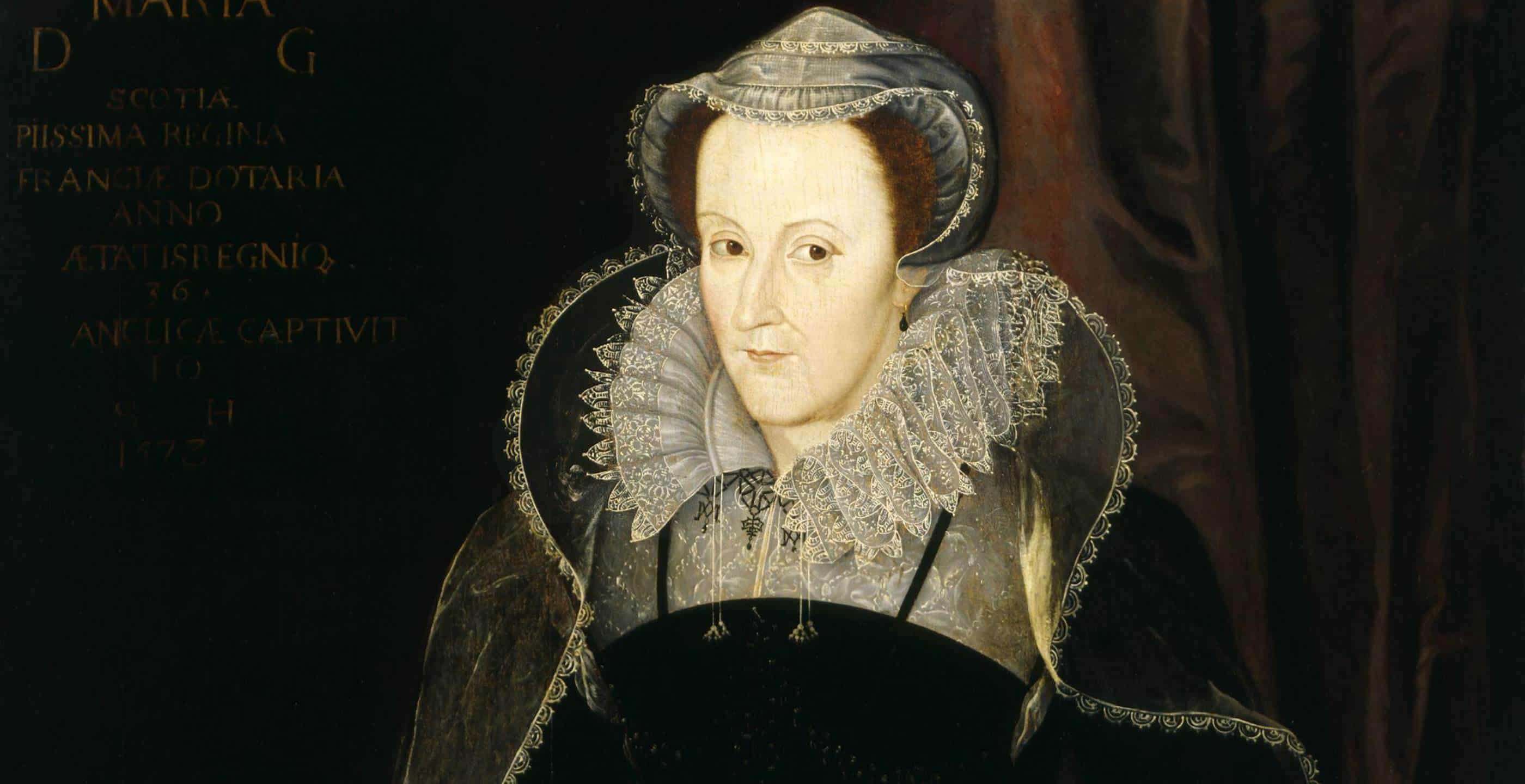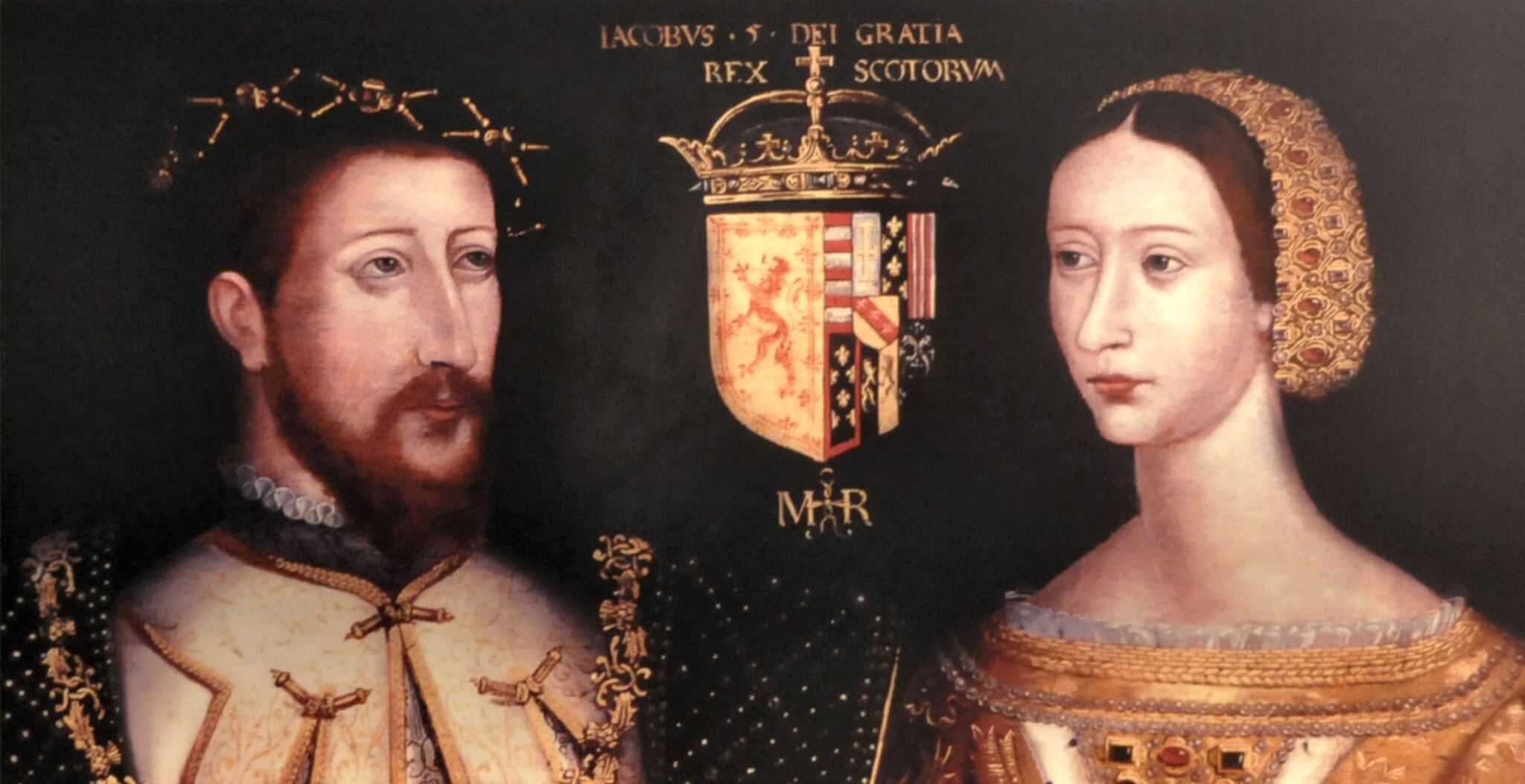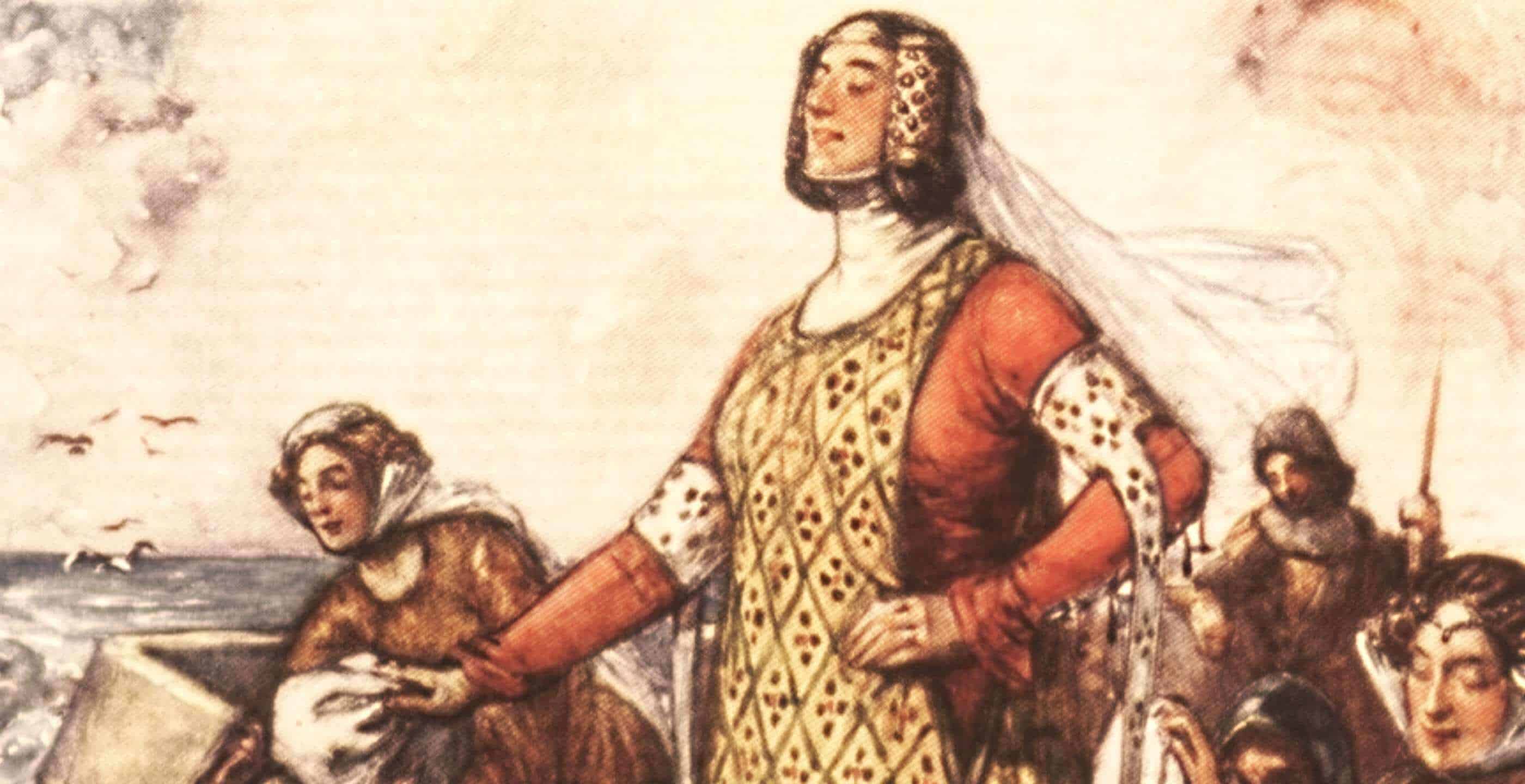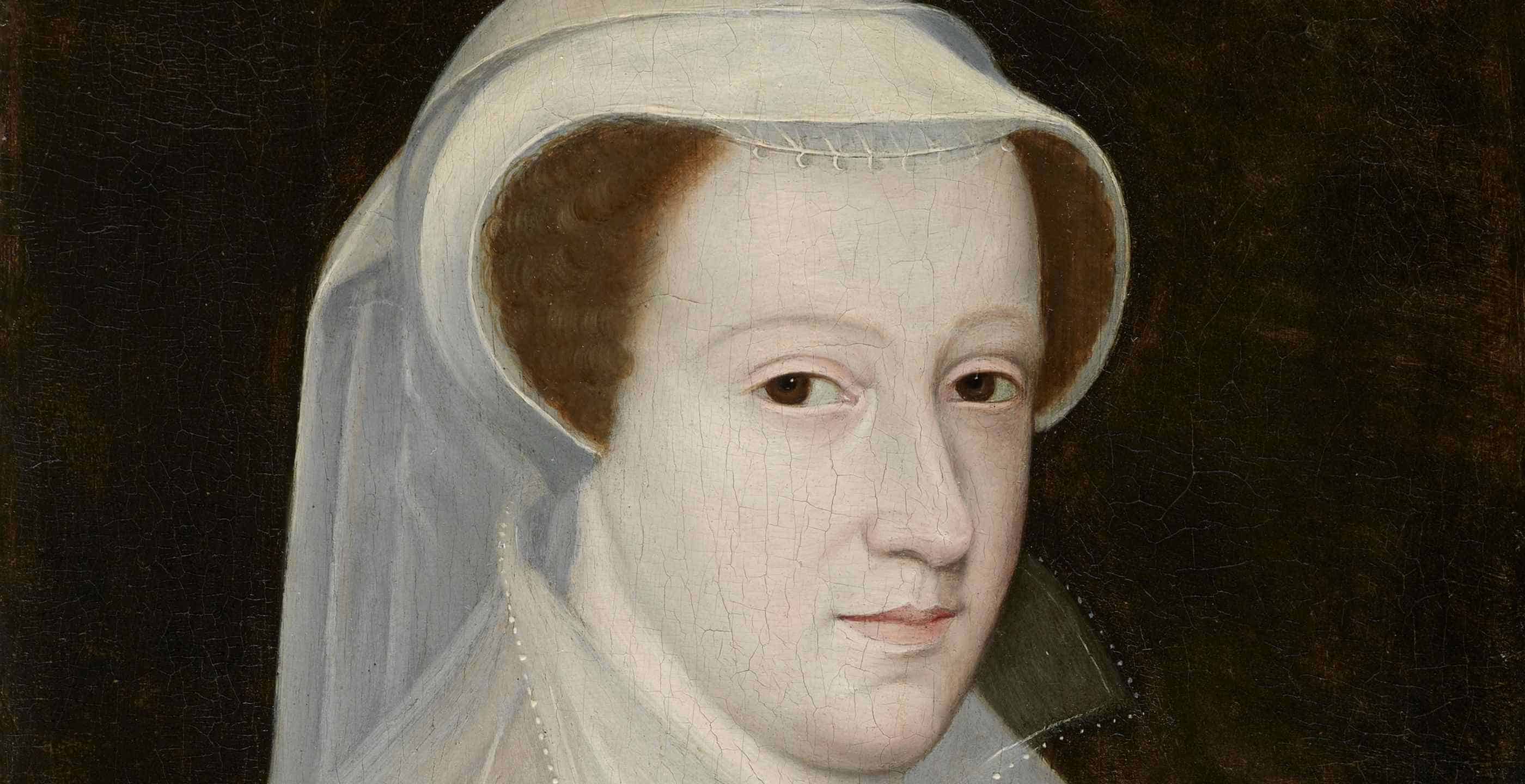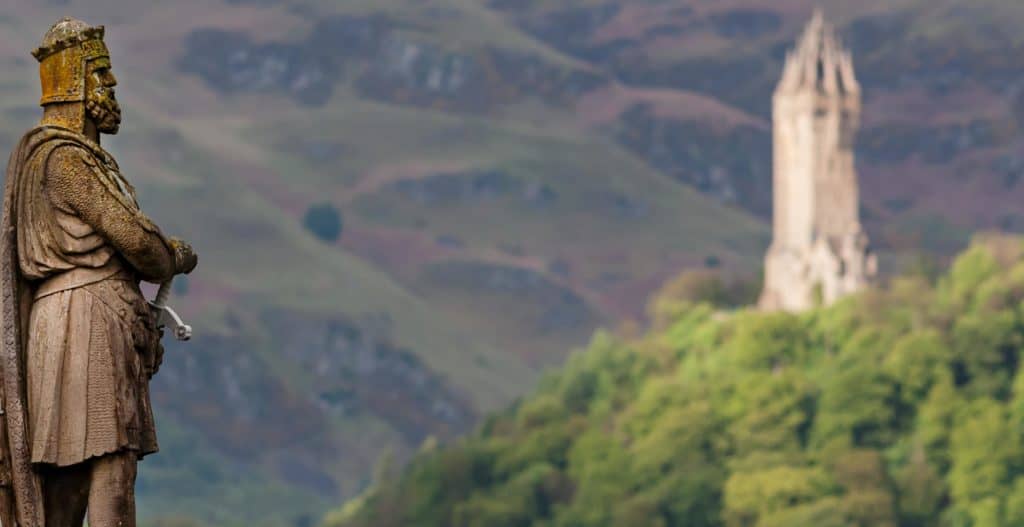The Anglo-Scottish Wars were a series of military conflicts between the Kingdom of England and Kingdom of Scotland in the late 13th and early 14th centuries.
Sometimes referred to as the Wars of Scottish Independence they were fought between the years of 1296 – 1346.
| 1286 | The death of King Alexander III of Scotland left his granddaughter Margaret, aged just 4 (the Maid of Norway), heir to the Scottish throne. |
| 1290 |  On the way to her new kingdom and shortly after landing on the Orkney Islands, Margaret died creating a succession crisis. On the way to her new kingdom and shortly after landing on the Orkney Islands, Margaret died creating a succession crisis.
With 13 potential rivals for the throne and fearing civil war, the Guardians of Scotland (leading men of the time) invited King Edward I of England to select the new ruler. |
| 1292 | On 17th November at Berwick-on-Tweed, John Balliol was named as the new king of Scots. He was crowned some days later at Scone Abbey, and on 26th December at Newcastle-upon-Tyne, King John of Scotland swore homage to King Edward of England. |
| 1294 | Opposed to Balliol’s deference to Edward, a Scottish Council of War was convened to advise King John. The twelve member council, comprising four bishops, four earls and four barons, sent a delegation to negotiate terms with King Philip IV of France. |
| 1295 | In what would later be known as the Auld Alliance, a treaty was agreed that the Scots would invade England if the English invaded France, and in return the French would support the Scots. |
| 1296 | Learning of the secret Franco-Scottish treaty, Edward invaded Scotland and defeated the Scots at the Battle of Dunbar on 27th April. John Balliol abdicated in July. After relocating the Stone of Destiny to London on 28th August, Edward convened a parliament at Berwick, where Scottish nobles paid homage to him as King of England. |
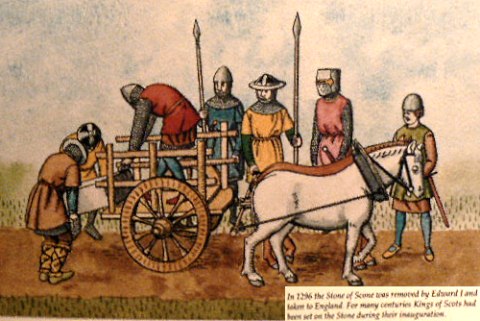
| 1297 | Following the killing of an English sheriff by William Wallace, revolts broke out in Scotland and on 11th September at the Battle of Stirling Bridge, Wallace defeated English forces led by John de Warenne. The following month the Scots raided northern England. |
| 1298 | Wallace was appointed Guardian of Scotland in March; however in July Edward invaded again and defeated the Scottish army, led by Wallace at the Battle of Falkirk. Following the battle Wallace went into hiding. |
| 1302 | Further campaigns by Edward in 1300 and 1301, led to a truce between the Scots and English. |
| 1304 | In February the last major Scottish held stronghold of Stirling Castle fell to the English; most Scottish nobles now paid homage to Edward. |
| 1305 | Wallace evaded capture until 5th August, when John de Mentieth, a Scottish knight, turned him over to the English. Following his trial, he was dragged naked through the streets of London behind a horse, before being hanged, drawn and quartered. |
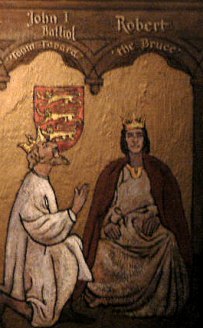
| 1306 | On the 10th February before the high altar of Greyfriars Kirk in Dumfries, the two surviving claimants for the Scottish throne quarrelled; it ended with Robert the Bruce killing John Comyn. Five weeks later Bruce was crowned Robert I, King of Scots at Scone.
To avenge Comyn’s murder, Edward dispatched an army to destroy Bruce. On 19th June at the Battle of Methven Park, Bruce and his army were taken by surprise and routed by the English. Bruce barely escaped with his life and went into hiding as an outlaw. |
| 1307 | Bruce returned from hiding and on the 10th May defeated English forces at the Battle of Loudon Hill. On 7th July, Edward I, ‘The Hammer of the Scots’, died aged 68 whilst making his way north to deal with the Scots yet again. Encouraged by the news of Edwards death, Scottish forces grew ever stronger behind Bruce. |
| 1307-08 | Bruce established rule in north and west Scotland. |
| 1308-14 | Bruce captured many English-held towns and castles in Scotland. |
| 1314 | The Scots inflicted a heavy defeat on the English army, led by Edward II, as they were attempting to relieve besieged forces at Stirling Castle, at the Battle of Bannockburn on 24th June. |
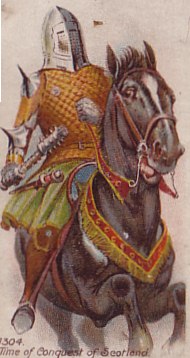
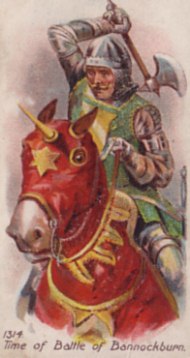
| 1320 | Scottish nobles sent the Declaration of Arbroath to Pope John XXII, affirming Scottish independence from England. |
| 1322 | An English army led by Edward II raided the Scottish lowlands. At the Battle of Byland the English were routed by the Scots. |
| 1323 | Edward II agreed a 13-year truce. |
| 1327 | The incompetent and much despised Edward II was deposed and killed at Berkeley Castle, Gloucestershire. He was succeeded by his fourteen year old son Edward III. |
| 1328 | A peace agreement known as the Treaty of Edinburgh-Northampton was signed; this recognised the independence of Scotland with Robert the Bruce as king. The treaty brought an end to the First War of Scottish Independence. |
| 1329 | Following the death of Robert the Bruce on 7th June, he is succeeded by his son King David II, aged 4. |
| 1332 | On 12th August, Edward Balliol, son of the former King John Balliol and leading a group of Scottish nobles, known as the ‘Disinherited’, invaded Scotland by sea, landing in Fife.
At the Battle of Dupplin Moor, Edward Balliol’s army defeated a much larger Scottish force; Balliol was crowned king at Scone on 24th September. Scots loyal to King David II attacked Balliol at Annan; most of Balliol’s troops were killed, Balliol himself escaped and fled naked on a horse to England. |
| 1333 | In April, Edward III and Balliol, together with a large English army laid siege to Berwick.
On the 19th July, Scottish forces attempting to relieve the town were defeated at the Battle of Halidon Hill; the English captured Berwick. Much of Scotland was now under English occupation. |
| 1334 | Philip VI of France offered David II and his court asylum; they arrived in Normandy in May. |
| 1337 | Edward III made a formal claim to the French Throne, starting the Hundred Years’ War with France. |
| 1338 | With Edward III distracted with his new war in France, the Scots started to regain control of their own lands, with the likes of Black Agnes hurling abuse and defiance down on the besieging English from the walls of her castle at Dunbar. |
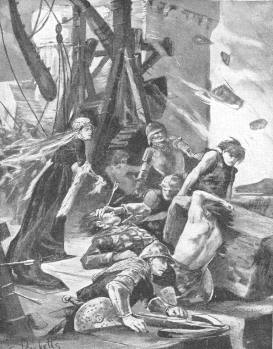
| 1341 | After years of fighting during which many of Scotland’s finest nobles had perished, King David II returned home to once again take charge of his kingdom. Edward Balliol moved to England. True to his ally Philip VI, David led raids into England, forcing Edward III to reinforce his borders. |
| 1346 | At the request of Philip VI, King David invaded England and led his army southwards to capture Durham. On 17th October, at the Battle of Neville’s Cross, David’s forces are defeated by an English army which had been hastily organised by the Archbishop of York. The Scots suffered heavy losses and King David was captured and imprisoned in the Tower of London. In command of a small force, Edward Balliol returned in an attempt to recover Scotland. |
| 1356 | Having enjoyed very little success in his endeavours, Balliol finally relinquished his claim to the Scottish throne; he died childless in 1367. |
| 1357 | The General Council of Scotland ratified the Treaty of Berwick, agreeing to pay a ransom of 100,000 merks (approx. £16 million today) for the release of King David II. Heavy taxation was imposed on the country in order to pay the first instalment of the ransom. Scotland’s economy, already reeling with the costs of the wars as well as the devastation caused by the arrival of the Black Death, was now in tatters. |
| 1363 | On a visit to London to re-negotiate the terms of his ransom, David agreed that should he die childless, the Scottish Crown would pass to Edward III. The Scottish parliament rejected such an arrangement, preferring to continue to pay the ransom. |
| 1371 | Having lost much of his popularity and the respect of his nobles, David died on 22nd February. David was succeeded by his cousin Robert II, grandson of Robert the Bruce and the first Stewart (Stuart) ruler of Scotland. Scotland would retain its independence until 1707, when the Treaty of Union would create the single Kingdom of Great Britain. |
| 1377 | When Edward III died on 21st June, there were still 24,000 merks outstanding on the ransom payment for King David; the debt appears to have been buried with Edward. |
